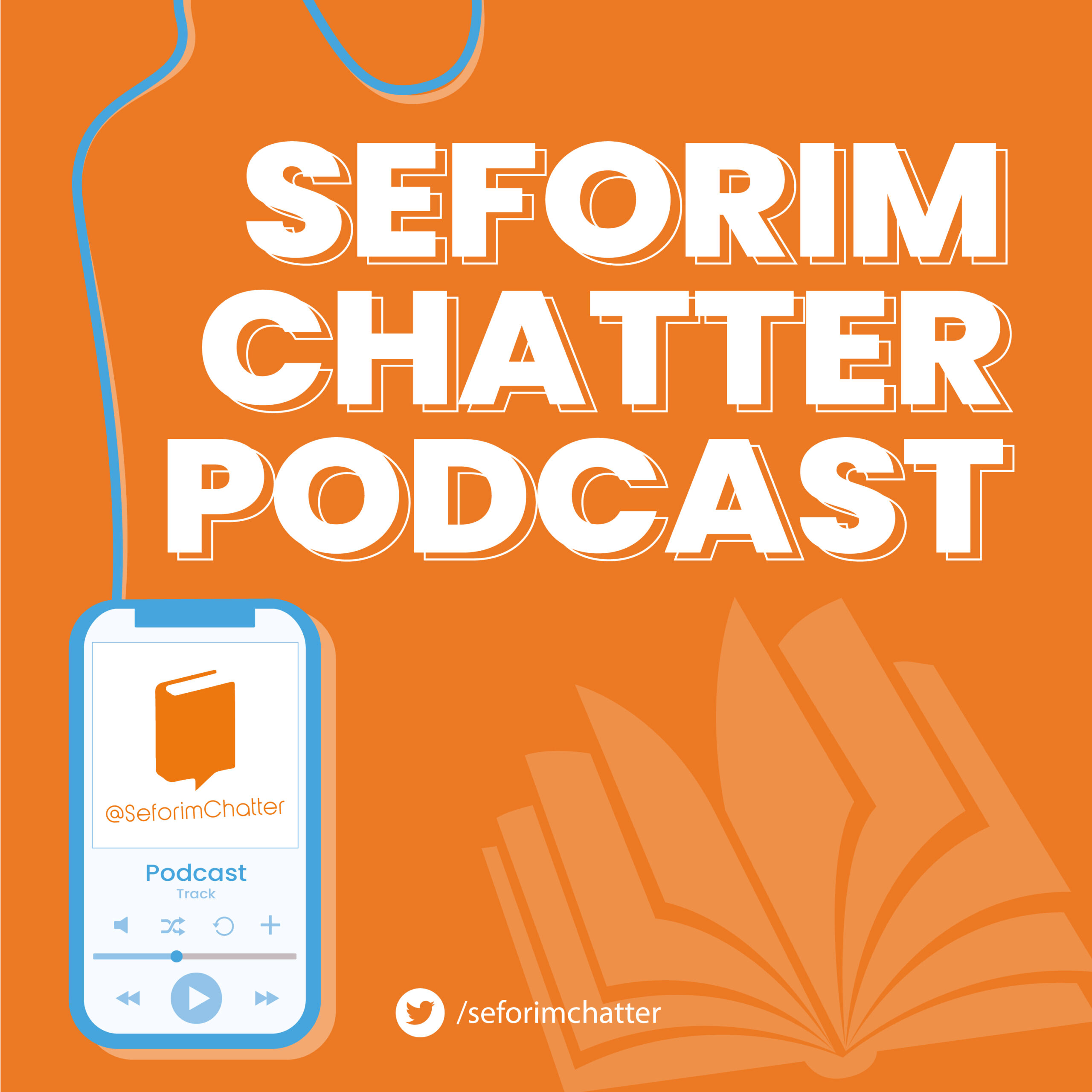Reviewed by Rabbi Moshe Maimon, Jackson, NJ
I have never had the pleasure of meeting Mitchell First personally but after spending a good few hours with his new volume, Words for the Wise, it almost seems like I have known him for years. Mitchell writes openly and candidly, often including personal anecdotes and observations. Tellingly, he concludes his articles with his signature flourish; always a whimsical self-observation that somehow ties in humorously with the theme of the article.
Mitchell, clearly a knowledgeable and well-read individual, has a wide variety of interests and appears to be at home in an equally wide spectrum of Jewish disciplines. Significantly, his witty and informal writing style lays bare the workings of his active mind in an inviting and comfortable way.
The book meanders leisurely through lessons in Jewish history, from the ancient to the recent, weaving observations on minhag and halachah with insights into Hebrew language and liturgy. Indeed, as the title of this volume would indicate, a main focus of First’s is the Hebrew language, and the other courses as well are typically offered with a side of linguistic appetizer. The reader need not fear getting bogged down in overly technical etymological discussions, however, as our author has a keen practical sense and engaging style, and he is endowed with that uncommon knack for presenting even arcane topics clearly, cogently, and compellingly.
The following summary of an article (pp. 83-86) dealing with the battle between the Israelites and the Amalekites, recounted at the end of this week’s sidrah, Beshalach, is representative of some of the themes we touched on, and should serve to give a taste of the book on the whole.
In this piece, Mr. First highlights the dichotomy between the various commentators as to how to explain the phenomenon of the Israelite victory being associated with Moshe Rabbenu’s raising up of his arms. Initially, First demonstrates how many pshat-oriented mefarshim (such as Rashbam, Bechor Shor, Chizkuni and Rav Hirsch) view the association between the two in a natural way; variously explaining that Moshe’s outstretched arms had the effect of rallying the troops and providing them with encouragement, confidence and emotional support, thereby giving them the psychological edge in battle.
Then, First underscores the irony of finding in Shadal’s “plain-sense” commentary a repudiation of the rationalistic explanation proffered by Rashbam and others, preferring, instead, to accept the supernatural understanding of the events, namely that it was a “salvation from God and by way of miracle, like the other signs and wonders that Moses performed.”
After the victory, Moshe built an altar which he called Hashem Nissi, and in a footnote, Mr. First refers the reader to an earlier discussion in which he explores whether the use of the word nes in this context connotes something miraculous, lending support for Shadal’s point of view. First’s conclusion is that the term did not originally mean miracle, though that is how it came to be understood by later generations, and in this case the name simply means ‘Hashem is my banner’. [It may be noted that this term is also at the center of the parallel episode of the fiery serpents in Bamidbar (21:8) where Moshe was instructed to place the copper serpent he had fashioned atop a nes upon which the smitten would gaze and be healed].
Yet, maintains First, the case can certainly be made that the pesukim seem to plainly describe a supernatural occurrence, and as Mr. First proceeds to explain, Shadal’s commentary is chiefly concerned with understanding the plain sense of the pesukim. According to Luzzato, when the pesukim seem to be relating a miraculous occurrence, then that is precisely the way we should understand them.
This is a significant point. Whereas other mefarshim sought to bring the events described in the Torah in line with rational sensibilities, Shadal’s focus was on understanding the text of the chumash as simply as possible, even if that meant accepting as fact events that are difficult for the rational mind to comprehend.
[I can’t help but note in this context that though Shadal’s main motivation may have been fealty to the plain sense of scripture, he may well have been aided in this quest by his sense of “freedom” from the absolute belief in the veracity of the scripture as the literal word of Hashem. This is not the place for this discussion but to my mind it is a central issue that cuts to the heart of Shadal’s conception of Judaism, as well as his critique of Maimonides’ religious philosophy. My acquaintance with Luzzatto’s oeuvre leads me to the impression that whereas others like the Rambam approached Judaism as a real, living and breathing entity, one that by definition was forced to contend with, and make accommodations for, everyday realities, including advances in science and philosophy; Shadal’s study of Judaism was wholly historical, and he approached it with the detachment of a scientist dissecting a dead specimen preserved in formaldehyde].
The article concludes with a quote from Herzl extolling the value of the flag in exciting the masses and propelling them to action. “Believe me; the policy of an entire people – especially one that is scattered all over the world – can only be made of imponderables that float high in thin air.” To Herzl these imponderables likely centered on the banner of nationalistic ideology, but his words can be equally applied, and with better profit, to the spiritual yearnings and convictions of the Jewish people. Just as it was with their skirmish with Amalek, the Jewish nation, given the proper guidance and encouragement, will always win out in ways that seem to perpetually hover between the natural and the supernatural.
Readers interested in purchasing this delightful volume are encouraged to do so by clicking on this link.






6 Responses
I am not an expert but I don’t know if it’s a fair attack on Shadal. Just because Shadal disagreed with the Rambam, it doesn’t mean that he viewed Judaism as a relic. He had his own philosophy, which he thought was more current than the Rambam’s.
Rambamist though I may be, I am not dismissive of opposing viewpoints. In fact, I think Shadal’s viewpoint has a lot of legitimacy in and of itself, and in many ways it was indeed more current than the Rambam’s, such as in its eschewing of Aristotelian philosophy (which by all accounts had itself become a relic in the modern era). Like I mentioned, this is not the best forum for the airing of this laundry, but to put it simply and succinctly, my point is that the Rambam drew his inspiration in his attempts at harmonizing the Torah with his philosophical outlook from his firm belief that the Torah, as the literal word of God, contained the ultimate truth, and concurrently, must operate in tandem with parallel truths established by Greek philosophy. Someone’s whose religious viewpoint is informed by his perspective of the Jewish faith and especially the Torah as an inspired human creation which developed over centuries, will naturally view an attempt at explaining the Torah according to truths which were current many centuries after said development as an anachronism. Whether, and to what degree, this characterization is true of Shadal, is admittedly open to some debate, and you are certainly free to draw your own conclusions.
What is with the weird capital J in the font here?
The notion that “Shadal’s study of Judaism was wholly historical, and he approached it with the detachment of a scientist dissecting a dead specimen preserved in formaldehyde” is quite mistaken. Although he was a leading figure in the “Wissenschaft des Judentums” movement, he took many of his Wissenschaft colleagues to task for engaging in Jewish scholarship “without regarding it as something precious in itself. After all, Goethe and Schiller are more precious in their eyes than all the prophets, the Tannaim, and the Amoraim. They study Israel’s antiquities as others study the antiquities of Egypt, Assyria, Babylonia, and Persia, that is to say, for the love of science or the love of glory.” (Letter to Solomon Judah Rapoport (June 5, 1860), Iggerot Shir, p. 1366.) This approach was very much in sync with that of R. Samson Raphael Hirsch’s critique of dry academic Jewish scholarship. I encourage the reviewer to look more extensively and closely into the works of Shadal and discover his passion for a living, breathing Judaism. (Listening to my past podcasts on Seforim Chatter might help.)
Thank you for your input Dan. I certainly value your opinion as a leading expert in the field, and I look forward to being further enlightened by your own scholarly output on Shadal. I don’t consider myself an expert, and I realize that I may yet learn that I have overstated my case, or even that I have been ‘quite mistaken’ as you claim. I might note, however, that my comments were not intended as an ad-hoc criticism of Shadal, but were meant to lend perspective to Shadal’s own critique of Rishonim like Rashbam and Rambam. My point was that to fully understand Shadal’s perspective, you must take into account his own unorthodoxy which afforded him a different set of norms and objectives by which to interpret the Torah and the Mesorah of Chazal.
This does not mean that Shadal did not live and breathe what to him was a dynamic Judaism. One can appreciate that Shadal was a fervent defender of traditional Judaism, which he buttressed with formidable logic and couched in eloquence and beauty, and still recognize that those who would apply the basic standard of Orthodoxy to the exclusion of the likes of Frankel, Schechter and Ginzburg, will find the Orthodoxy of Shadal equally wanting.
Ephraim Chamiel has summed up Shadal’s views thus: “According to Luzzato, only the Written Torah existed at the time of Sinai and was given to Moses… the Oral Law is a marvelous, but separate, human creation of the Sages.” (The Middle Way, Academic Studies Press 2014, p. 156)
Needless to say, this is a decidedly unorthodox perspective, and it was in this vein that I referred to Shadal’s study of Judaism as akin to dissecting a lifeless specimen. From the perspective of Orthodoxy, the Judaism that Shadal defended with passionate devotion was a historical Judaism that originated with a spiritual big-bang of revelation, and then developed along natural lines. Whatever organic status such a Judaism may possess, it was many evolutionary stages away from the previous life-forms, now fossilized, of the primordial Judaism of the scriptures.
Thank you for clarifying your position. As it happens, Dr. Chamiel and I are in disagreement as to Shadal’s Orthodoxy. We have even corresponded personally on the subject, and in the end we agreed to disagree (as you and I may have to do). Having examined Shadal’s writings on the Torah she-be-al peh, I have concluded that he was “unconventional but not un-Orthodox.” Contra Chamiel, Shadal believed that the Oral Torah was not an exclusively human creation, and that it did have a Sinai-originated core. He said that the Hakhamim were operating “in accordance with the principles of the Torah and its secret teachings that had been handed down to them from Sinai.” (Beit ha-Otsar, Chamber 1, pp. 13.) He elaborated that “the laws were those that they [the Hakhamim] received from their predecessors from mouth to mouth,” or in other cases, “takkanot that they enacted with deep and wondrous wisdom, according to the need of the times, and in keeping with that which the Torah commanded us [Deut. 17:11], to heed the judge who would exist in our days.” (Meḥkerei ha-Yahadut I, part 2, p. 242.) For more details, see these writings in context, or my summary of them in my introduction to “Shadal on Exodus.” I’m aware that these views of his are considered outside the Orthodox tent by some, but there are others who disagree.